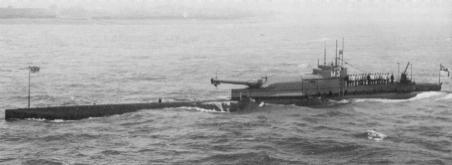|
Three of these guns were later used on the "M" class submarines. These were meant to be utilized as anti-shipping weapons, as it was felt that a single hit from a 12" (30.5 cm) projectile would be enough to sink a merchant vessel. This was moderately successful, although if the firing tube leaked, the muzzle could be blown off the weapon. During World War I nineteen of these guns were transferred to land service and then used on nine railway mountings. A further four guns from HMS Queen were sent to Italy. Consisted of A tube, inner A tube, B tube and overlapping jacket. A total of 110 guns were made, including guns reworked to repair "steel choke" problems, being five Mark IXE (Elswick), five Mark IXv (Vickers) and three Mark IXw (Woolwich). A further six Mark IXw guns with tapered inner A tubes and no forward shoulders were manufactured during World War I. Welin breeches were hand operated, but hydraulic operation was fitted in latter ships. The Vickers "pure-coupled" breech mechanism was used on some guns, designated as A Mark IX. Mark IX* was to be for guns intended for railway mountings which were to have had their front chamber slopes modified, but it appears that no guns were actually altered. |

HMS Russell ca. 1904
|

Submarine M3
|

12" (30.5 cm) gun under construction at
the Elswick Works
|
| .
Model of M1 Submarine 2660 |